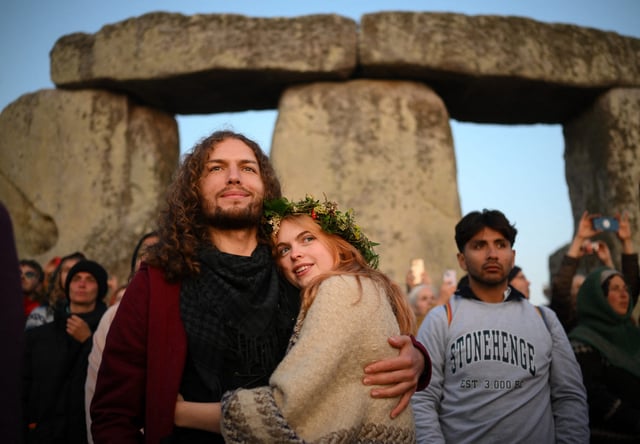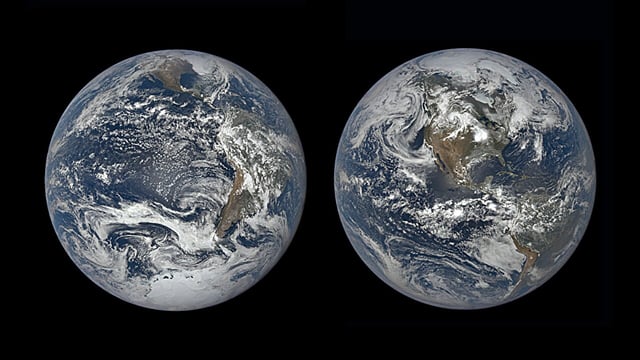Overview
- The summer solstice in 2024 occurs on June 20 at 4:50 PM EDT, marking the start of summer in the Northern Hemisphere.
- Historically, solstices have been celebrated with various rituals, including bonfires and communal gatherings.
- In tropical regions, 'zero shadow' days occur around the solstice, where objects cast minimal shadows at solar noon.
- Ancient astronomer Eratosthenes used solstice shadows to estimate Earth's circumference over 2,000 years ago.
- Modern celebrations include outdoor activities, feasts, and sun salutations in honor of the sun's peak.



